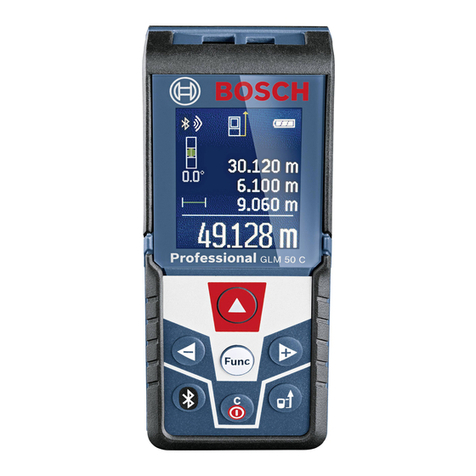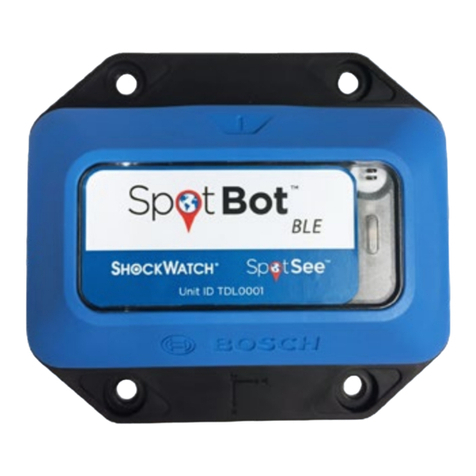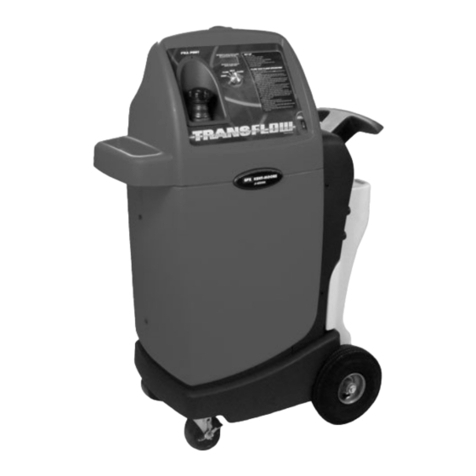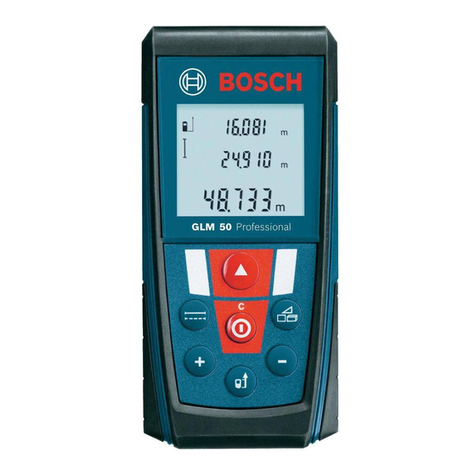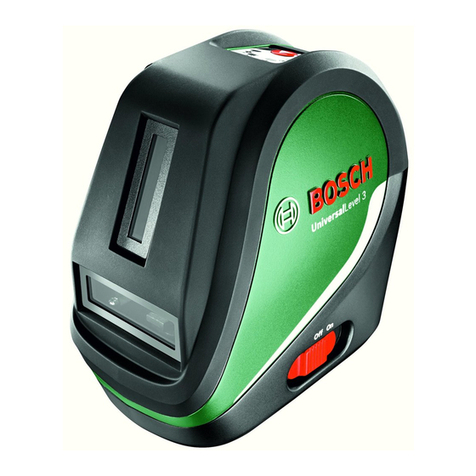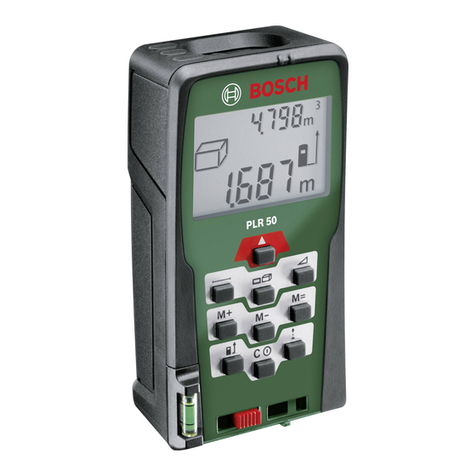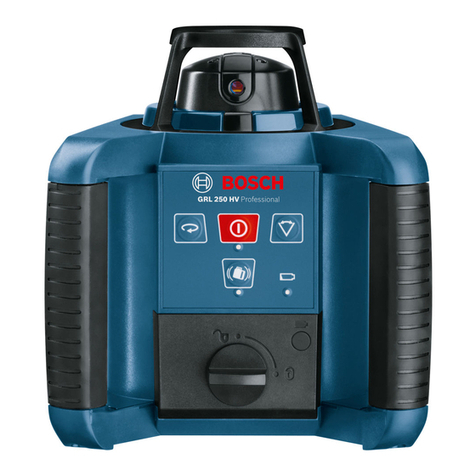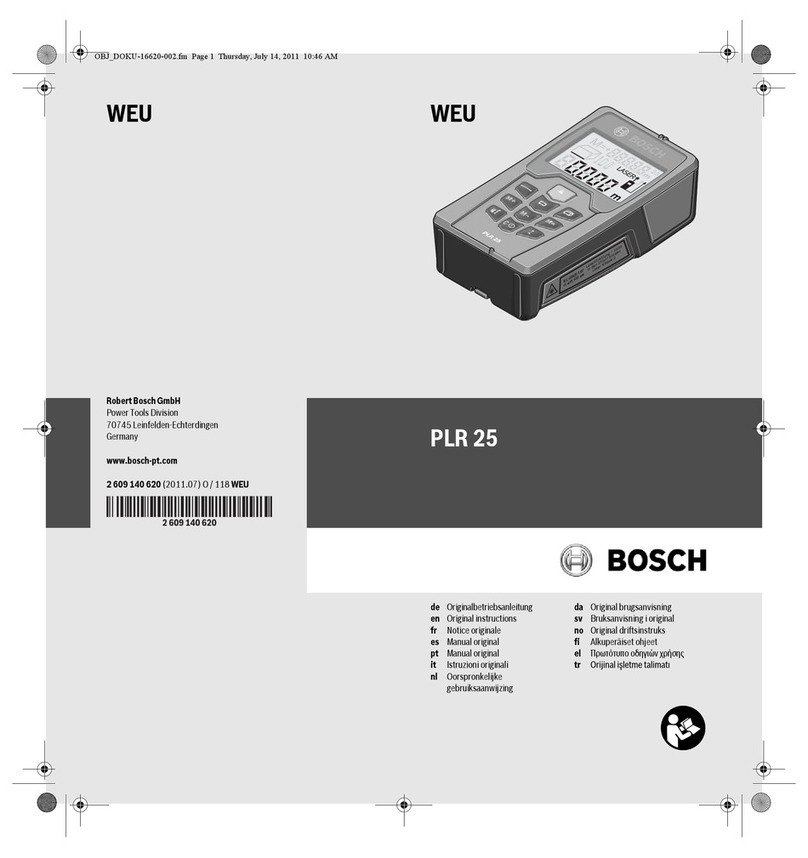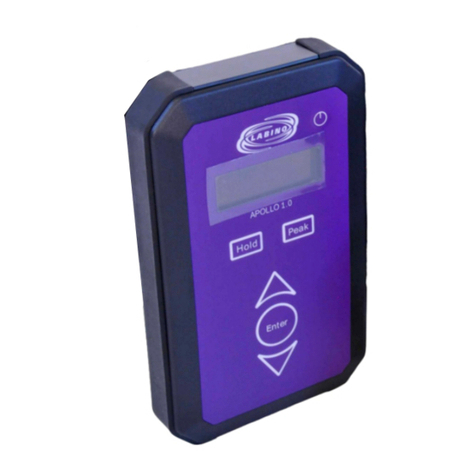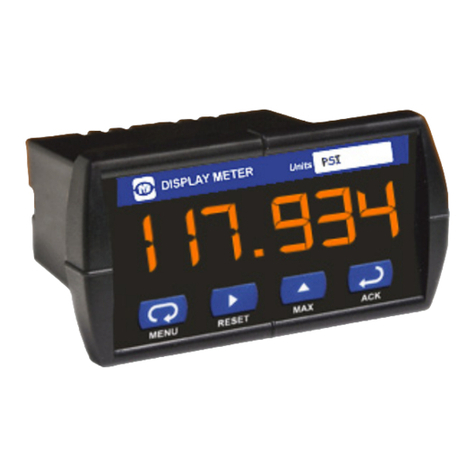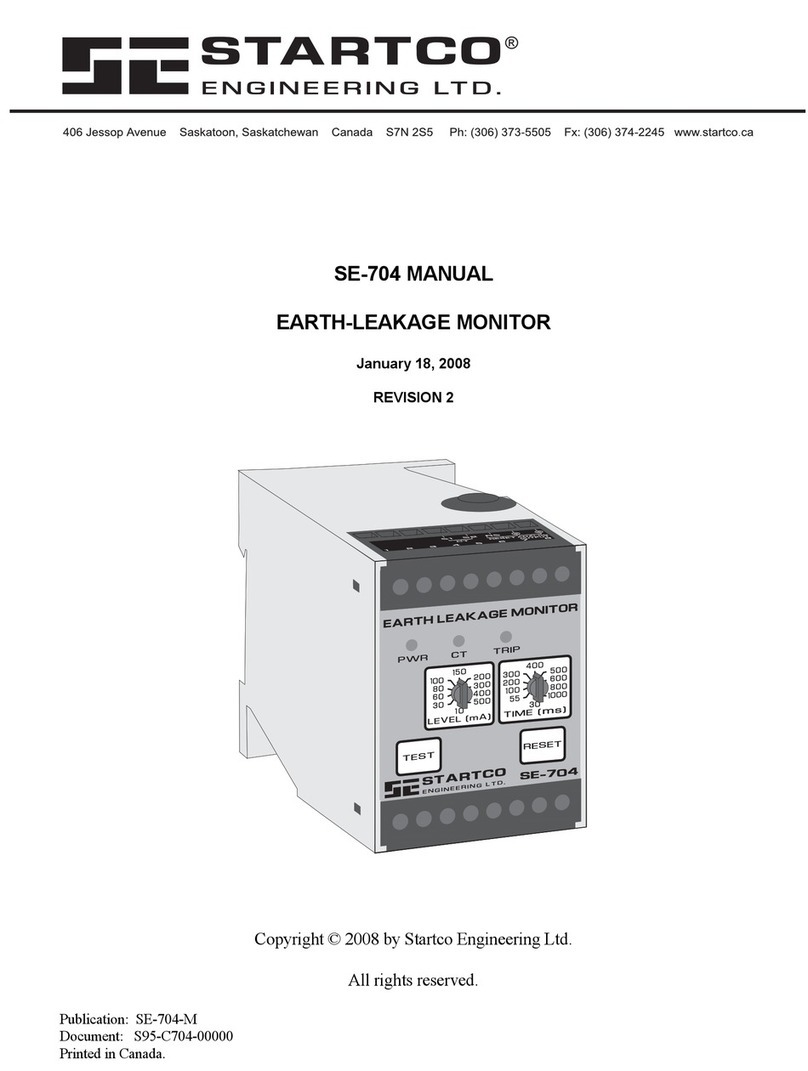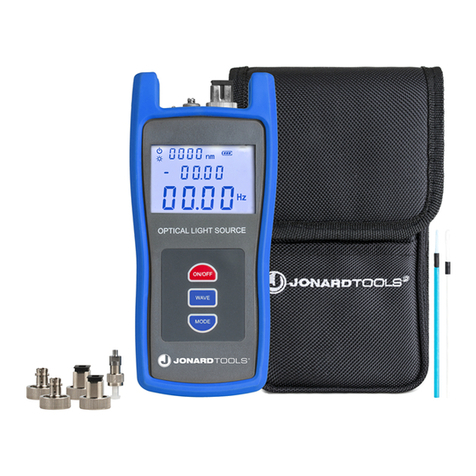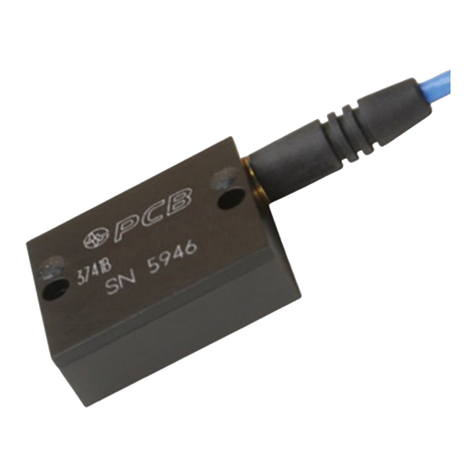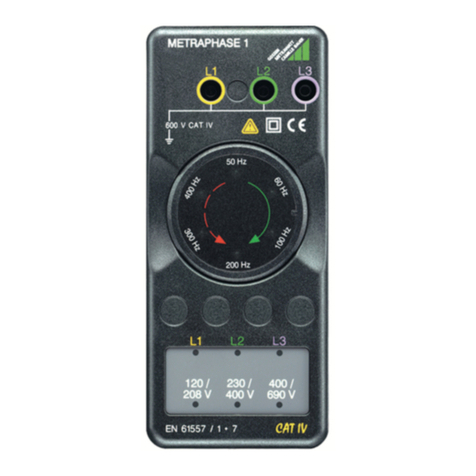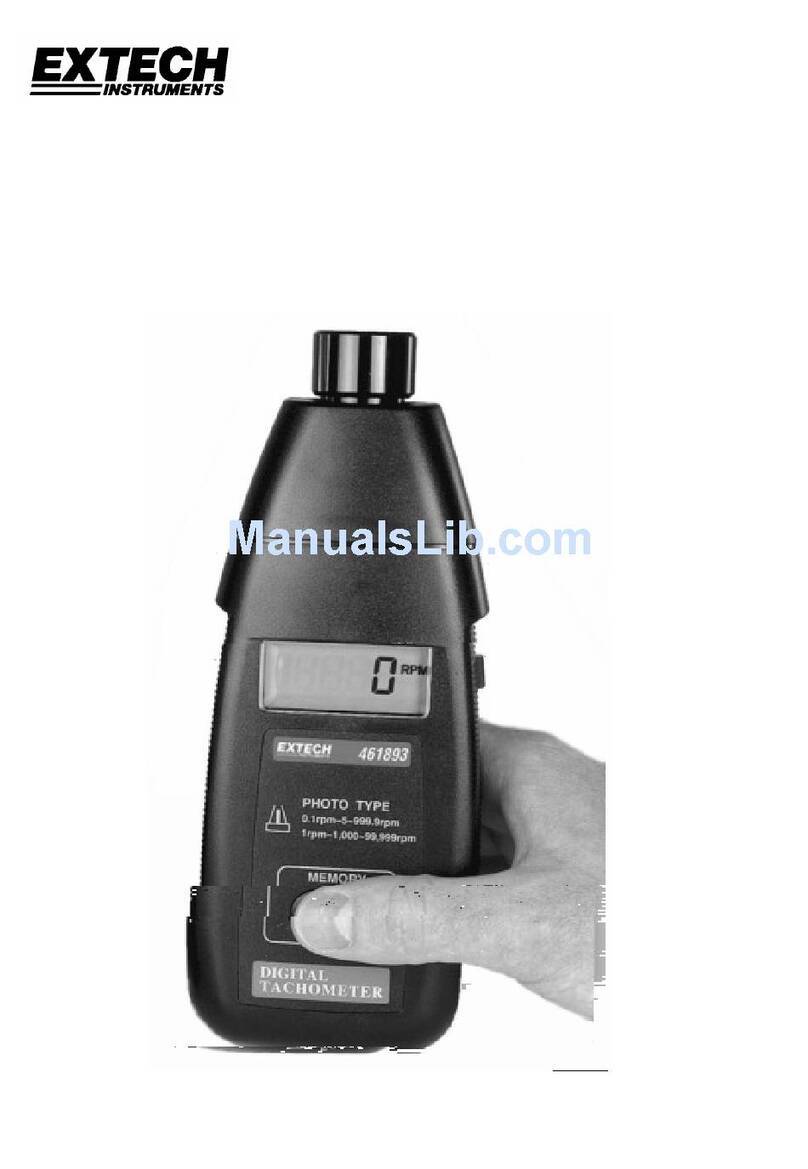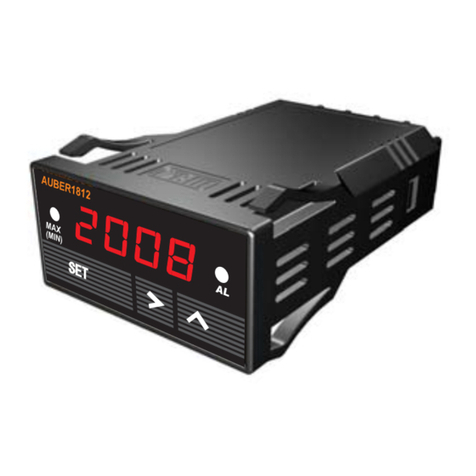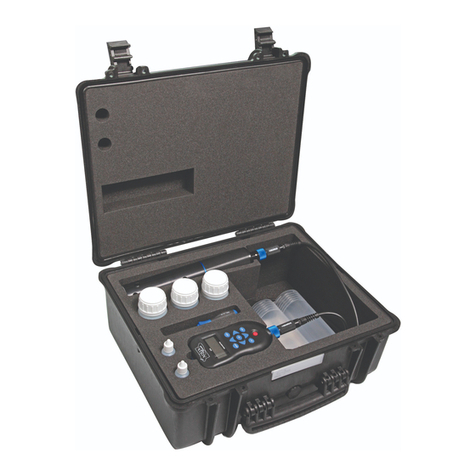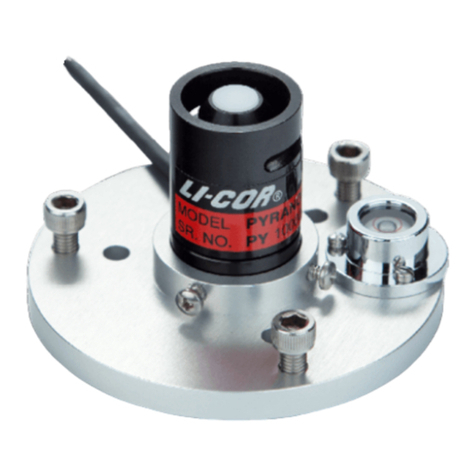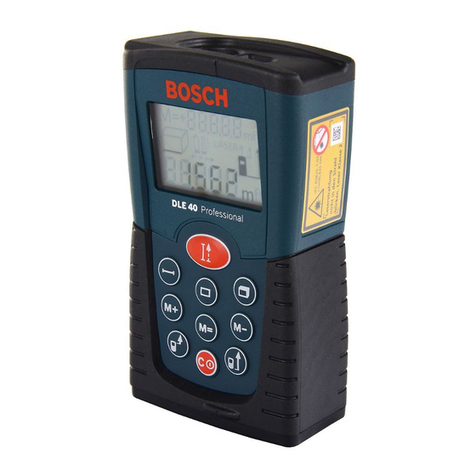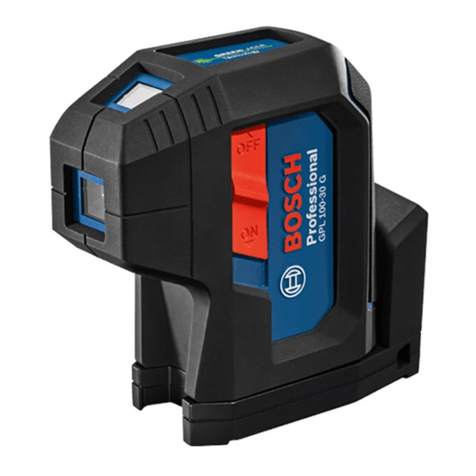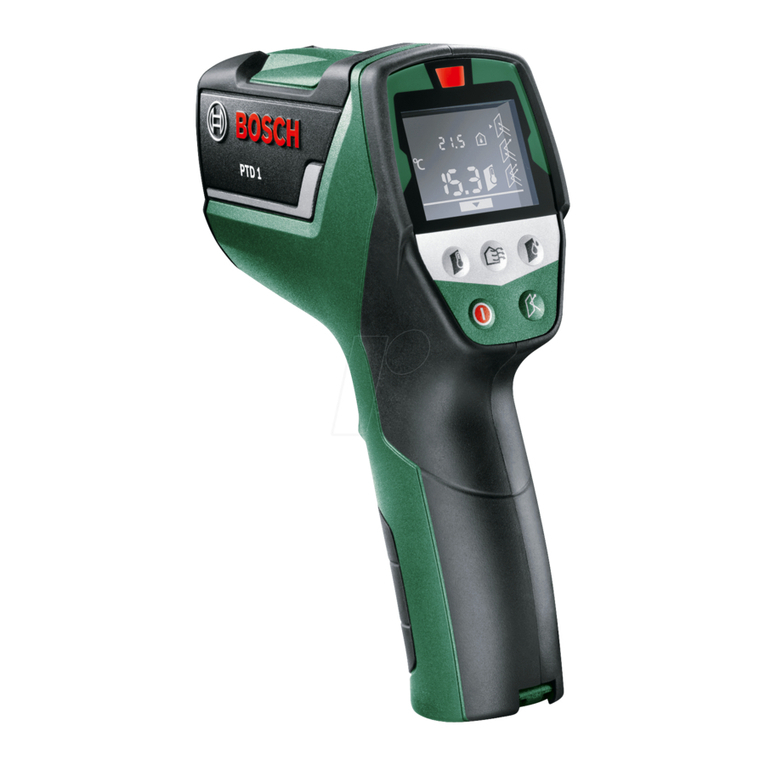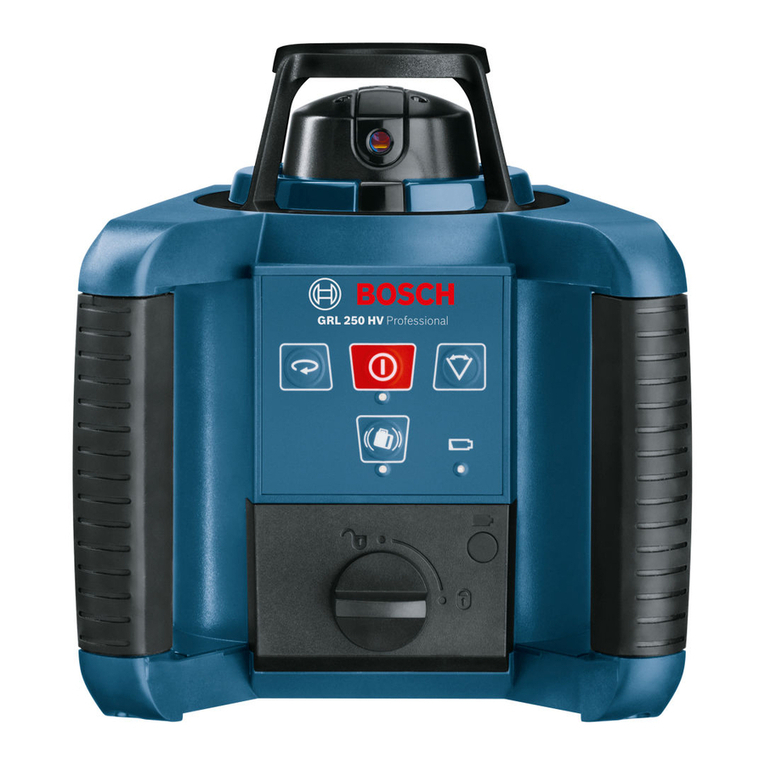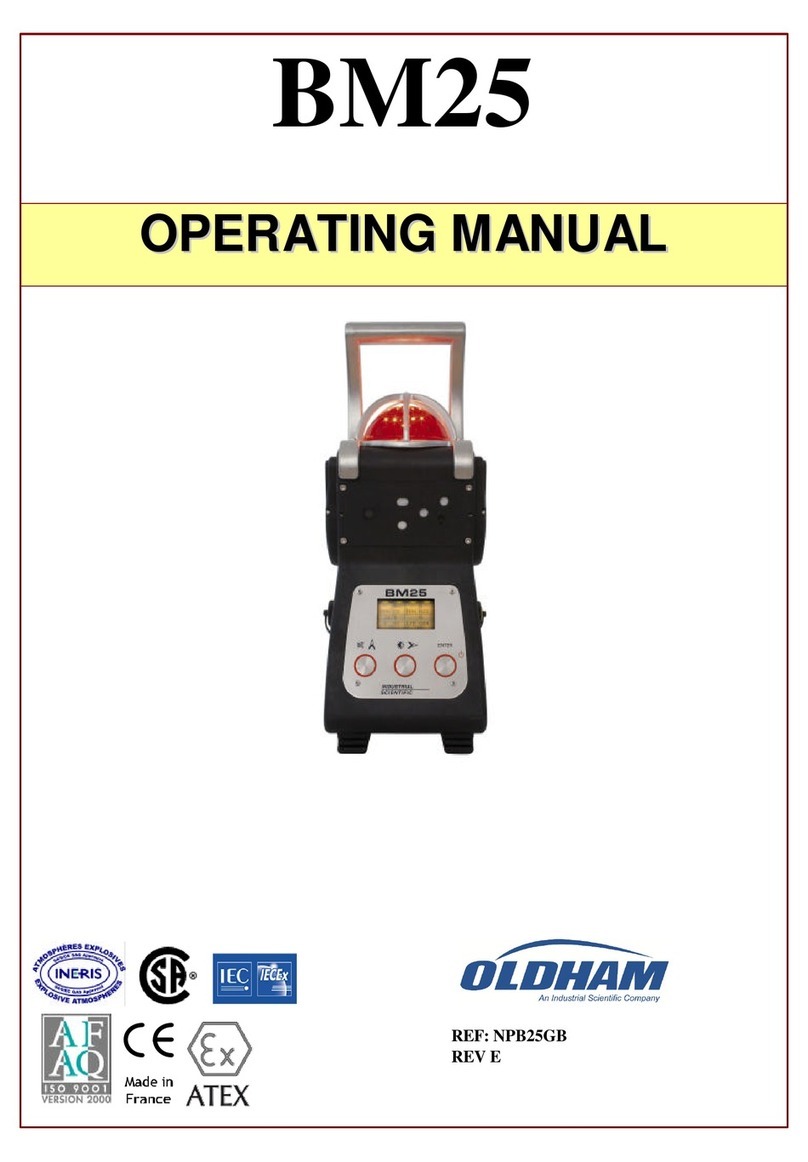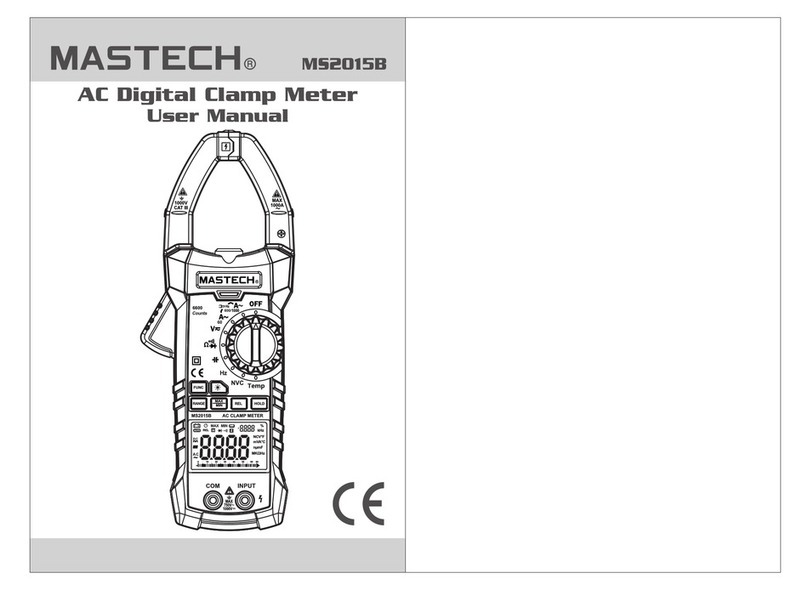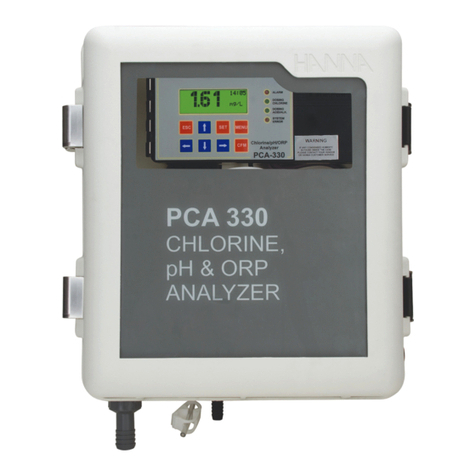
English | 17
Bosch Power Tools 1 609 92A 3R5 | (5.2.18)
Bluetooth®Interface
Data Transmission to other Devices
The measuring tool is equipped with a Bluetooth® module,
which enables data transmission via radio technology to cer-
tain mobile terminals/devices with a Bluetooth® interface
(e.g., smartphones, tablets).
For information on the necessary system requirements for a
Bluetooth® connection, please refer to the Bosch website at
www.bosch-pt.com
Further information can be found on the Bosch product
page.
For data transmission via Bluetooth®, time delays between
mobile terminal/device and measuring tool may occur. This
can be possible due to the distance between both devices or
the object being measured.
Activating the Bluetooth®Interface for Data Transmission
to a Mobile Terminal/Device
The Bluetooth® interface is activated in the settings. To acti-
vate the Bluetooth® signal, press button 4[+]. Ensure that the
Bluetooth® interface is activated on your mobile end device.
The special Bosch “Measuring Master” app is available to ex-
tend the range of functions of the mobile end device and to
make data easier to process. You can download this from the
store for your end device type.
The connection between mobile end device and measuring
tool is established after the Bosch application has started. If
multiple active measuring tools are found, select the appro-
priate measuring tool using the serial number. You can find
the serial number 15 on your measuring tool's type plate.
The connection status, as well as the active connection (f),
are shown in the display 1of the measuring tool.
Deactivating the Bluetooth®Interface
The Bluetooth® connection is deactivated in the settings. To
deactivate the Bluetooth® signal, press button 11 [–] or
switch off the measuring tool.
Working Advice
Further information can be found on the Bosch product
page.
The measuring tool is equipped with a radio interface.
Local operating restrictions, e.g. in airplanes or hospi-
tals, are to be observed.
General Information
The reception lens 18, the laser beam output 19 and the cam-
era 20 must not be covered during measurement.
The measuring tool must not be moved while taking a meas-
urement. Therefore, place the measuring tool, as far as this is
possible, against or on a firm stop or supporting surface.
Influence Effects on the Measuring Range
The measuring range depends on the lighting conditions and
the reflective properties of the target surface. For better visi-
bility of the laser beam in strong extraneous light, use the in-
tegrated camera 20,the laser viewing glasses 26 (accessory)
and the laser target plate 25 (accessory) or shade the target
area.
Influence Effects on the Measuring Result
Due to physical effects, faulty measurements cannot be ex-
cluded when measuring on different surfaces. Included here
are:
– Transparent surfaces (e.g., glass, water),
– Reflecting surfaces (e.g., polished metal, glass),
– Porous surfaces (e.g. insulation materials),
– Structured surfaces (e.g., roughcast, natural stone).
If required, use the laser target plate 25 (accessory) on these
surfaces.
Furthermore, faulty measurements are also possible when
sighting inclined target surfaces.
Also, air layers with varying temperatures or indirectly re-
ceived reflections can affect the measured value.
Accuracy Check and Calibration of the Grade Measure-
ment (Tilt Calibration) (see figure H)
Regularly check the accuracy of the grade measurement. This
is done by carrying out a reversal measurement. For this,
place the measuring tool on a table and measure the grade.
Turn the measuring tool by 180 ° and measure the grade
again. The difference of the indicated reading may not exceed
by more than 0.3 ° (max.).
In the event of larger deviations, you have to recalibrate the
measuring tool. To do so, select in the settings. Follow
the instructions on the display.
After severe temperature changes and impact, we recom-
mend an accuracy check and, if required, to recalibrate the
measuring tool. After a temperature change, the measuring
tool must acclimate for a while before calibrating.
Accuracy Check of the Distance Measurement
The accuracy of the measuring tool can be checked as follows:
– Select a permanently unchangeable measuring section
which is approx. 3 to 10 m long and which you know the ex-
act length of (e.g. room width, door opening). The meas-
urement should be performed under favourable condi-
tions, i.e. the measuring section should be indoors with
weak backlighting and the target area of the measurement
should be smooth and reflect well (e.g. a white-painted
wall).
–Measurethedistance10times in succession.
The deviation of the individual measurements from the aver-
age value must not exceed ±2 mm over the entire measuring
section in favourable conditions. Record the measurements
in order to be able to compare the accuracy at a later date.
Checking Accuracy and Calibrating the Target Indicator
(Viewfinder Calibration) (Crosshairs)
Check the accuracy of the alignment of the laser and target in-
dicator on a regular basis.
– Select a bright area at least 5m away with as little illumina-
tion as possible (e.g. a white wall) as the target.
– Check whether the laser point is inside the target indicator
in the display.
If the laser point is not inside the target indicator, you must re-
calibrate the target indicator.
To do so, select in the settings. Follow the instructions on
the display.
CAL
OBJ_BUCH-3335-003.book Page 17 Monday, February 5, 2018 10:58 AM





















